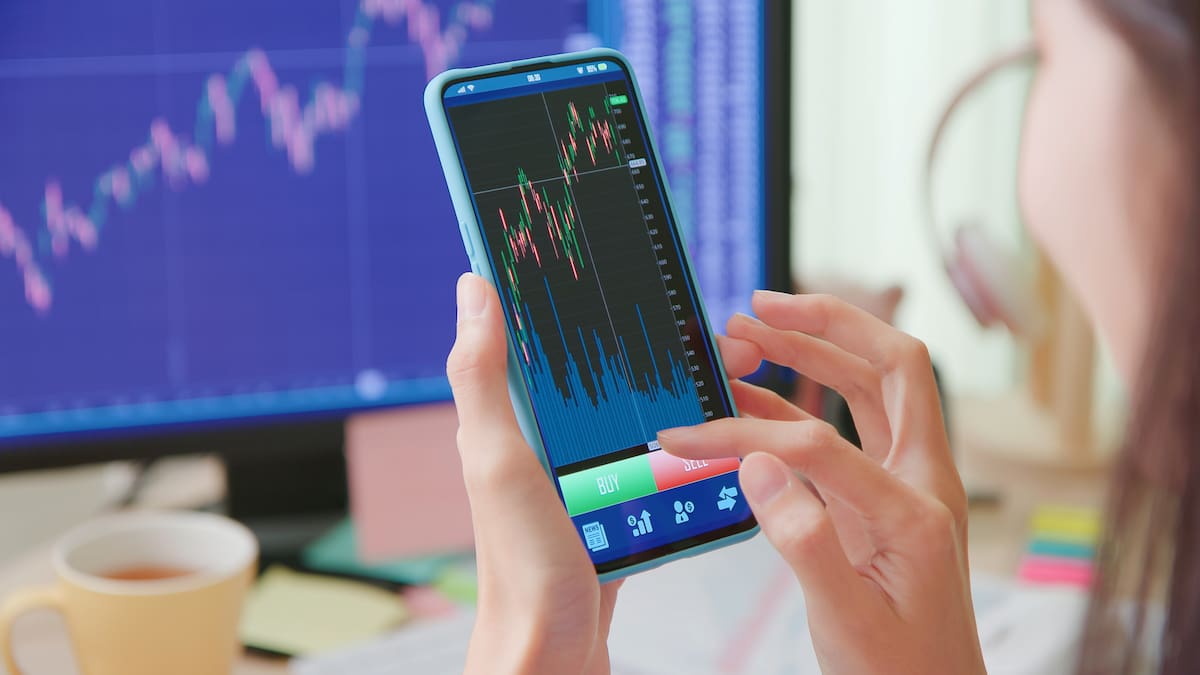Brand new traders often think they have the midas touch, until they’ve been through a GFC or crypto winter. Photo / 123RF
OPINION
Crypto was big until late 2022 when the markets crashed spectacularly and crypto winter set in.
Traders crowing about their profits went silent, almost overnight.
The price of Bitcoin slowly recovered through 2023
and then soared after United States regulators approved the formation of crypto exchange traded funds [ETFs]. The world’s largest fund managers, such as BlackRock, immediately began buying vast quantities of the digital currency, driving the price through the roof.
I turned on 1News around the beginning of March to see an article in prime time about Bitcoin hitting record highs. “Gulp” was a polite translation of my words.
Making the TV news meant that first time investors with FOMO, [fear of missing out] are about to pile in.
Bitcoin, the most popular gauge of the markets, rose by 160 per cent from October last year to the final week in March and a new get-rich-quick cohort was emerging.
“By the time everyone knows the story, it is usually past its use by date, and the smart money is already getting out; cutting and running,” I’d just read in my colleague Liam Dann’s new book BBQ Economics.
Whether it was 1929, 1987, 2008 – the same story repeats.
Days after the TV1 news item, someone started telling me about all the money his son had made in crypto and how he seemed to be very good at it. I raised an eyebrow because even a monkey throwing darts at a chart would have made a profit on Bitcoin and many other crypto currencies over the past year.
When the market gets “frothy” and FOMO abounds, that’s when crypto investor, and lawyer James Cochrane takes a breather.
Cochrane, a partner in Web3 & Digital Assets at law firm Lane Neave, knows that when crypto fever hits the mainstream media, that it’s only time before the next crash comes. That is inevitably followed by a stream of new clients coming through the door with very sad stories to tell from the bloodbath.
He points out that he’s no financial adviser, but thinks that thanks to the entry of traditional ETF funds such as Blackrock into crypto, that it is possible that the top of this cycle hasn’t been hit yet.
Crypto is exciting for young people, says Cochrane.
“The cycles in crypto go parabolic, and that’s why they’re so exciting for young investors compared to traditional finance where you [might get] 0.5 per cent of a percentage.”
There are thousands of crypto currencies and other types of assets such as non fungible tokens and the latest craze – meme coins.
Brand new traders often think they have the midas touch, until they’ve been through a GFC or crypto winter. Cochrane himself, lost 95 per cent on paper of his first small crypto investment two cycles ago, when the market tanked.
His investment eventually regained the losses and emerged in profit. He had learned a valuable lesson, however.
New crypto investors often focus on trading.
What’s more, trading isn’t investing. Crypto traders only make money from capital gain, when prices go up.
That’s what’s called a zero sum game. When one investor earns money, another investor loses.
Investing provides an income from dividends or other returns.
People also need to understand that whether it’s stocks, derivatives, precious metals, or now crypto currencies, it’s hard to out trade professionals who are sitting there watching the markets day in and day out, and most likely have better technology to do the job with as well.
Providing they’re not pouring money into a ponzi scheme or scam, investors usually make more money in the long run using traditional strategies such as buy and hold and dollar cost averaging, which can be applied to crypto.
One of Cochrane’s strategies is that he doesn’t buy the fancy stuff.
“I tend to focus on the large caps and the top 10 coins. I experiment with a handful of other projects, but only what I’m prepared to lose.” He uses local New Zealand exchange Easy Crypto to buy and sell.
Cochrane says crypto investors should be allocating money to old school investments, not crypto only. Any regular allocation for crypto should come after paying the mortgage, investing in KiwiSaver, and then some traditional shares and/or funds, he says.
I can’t write this article without mentioning that there are arguments that crypto is like a huge ponzi scheme.
Oft quoted William Quinn, a senior lecturer at Queen’s University Belfast says there are arguments that crypto is a stupider bubble than any previous bubble, or that its a smarter Ponzi than any previous Ponzis.
This article was originally published by a www.nzherald.co.nz . Read the Original article here. .

